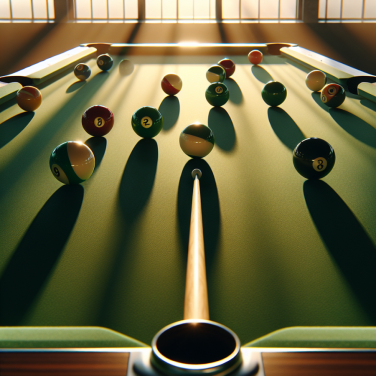Staying Upright and Scoring Goals: Strategies for Competing in Swamp Soccer Tournaments
Swamp Soccer, a variant of traditional soccer played on muddy, swampy grounds, has gained popularity with its unusual and entertaining gameplay. Thriving in this sport requires not just physical endurance but also a set of unique strategies, due to the demanding conditions of the playing field. As players navigate the challenging terrain, they aim to maintain balance and outperform their opponents. Here are tactics and techniques specifically tailored for competing effectively in swamp soccer tournaments.
**Strength and Stability Trainings:** Since swamp soccer pitches make it hard to maintain footing, priority should be given to exercises that enhance leg strength and core stability. Squats, lunges, and plyometric workouts increase the muscles' ability to work on soft, unstable grounds. Core exercises like planks and medicine ball workouts help players resist the push and pull of opponents without losing their balance.
**Short, Quick Maneuvers:** Due to the resistance provided by the mud, long strides and fast sprints common in traditional soccer are less effective. Instead, players should focus on mastering short, quick steps, allowing for better control and less slipping. Agility training, such as ladder drills and cone exercises, can prepare players for the swift changes in direction needed on a swampy field.
**Ball Control Skills:** In swamp soccer, the ball behaves unpredictably once it hits the sludge-filled surface. Practicing close ball control and dribbling skills can give players an advantage. Small-sided games in training, like three-a-side matches on a smaller, muddy pitch, encourage tighter ball handling and better reaction times to the unusual bounces of the ball.
**Aerial Play and Creative Passing:** Due to the difficulty of playing the ball on the ground, an aerial approach to passing can be a more strategic option. Teams should work on headers, volleys, and chipping the ball over to teammates. Clever ways to bypass the mud, like using the sides of the pitch where the ground might be firmer, can be the key to setting up a shot at the goal.
**Effective Team Communication:** Verbal and non-verbal communication becomes even more critical in swamp soccer. Teammates should consistently communicate about their positions, intentions, and movements. A team that works in unison can create opportunities and defend more effectively, despite the demanding environment.
**Conserving Energy:** The physical demand of swamp soccer means that players must manage their energy levels astutely.
Read also:
The Global Count: How Many Soccer Teams Exist Today?
Mastering the Art of Mud-Covered Maneuvers: Tips for Swamp Soccer Success
Swamp soccer, the unconventional and challenging variant of traditional soccer played on muddy fields, requires a unique set of skills and strategies. By embracing the complexities of the slippery terrain, players can learn how to navigate the mud-covered maneuvers essential for success in this sport.
Firstly, it's crucial to adjust your expectations when stepping onto a swamp soccer pitch. The game is inherently slower and more physically demanding due to the resistant nature of the mud. With that in mind, players must focus on developing lower body strength to maintain balance and power through the thick, muddy terrain. Exercises such as squats, lunges, and plyometric training can be particularly beneficial in building the necessary muscle endurance and explosive strength.
Footwear is another key consideration in swamp soccer. Cleats designed for soft ground offer an advantage, as their longer studs provide better traction in the mud. However, it's important to choose a pair that is comfortable and doesn't easily become waterlogged, as heavy shoes may hinder movement and lead to fatigue.
When it comes to ball control, simple is better on a mud-soaked pitch. The erratic behavior of the ball means that intricate dribbling or fast passes are less effective in swamp soccer. Instead, players should concentrate on mastering basic ball-handling techniques, such as shielding the ball, using the body to maintain possession, and gentle touches to keep the ball close.
Team strategy should also adapt to the muddy conditions. Long passes often become impractical as the ball tends to slow down significantly in the mud. Teams that thrive in swamp soccer typically use short, controlled passes and prioritize maintaining possession over attempting risky plays. Communication is paramount, as players must work closely together to move the ball effectively up the field.
Defensively, the aim is to force opponents into the muddiest areas of the pitch where they are more likely to lose control of the ball. This tactical positioning can also conserve energy for the defending team, as chasing the ball across the field can be exhausting in such conditions.
Lastly, maintaining a positive attitude is imperative in swamp soccer. The sport is as much about fun and camaraderie as it is about competition. Embracing the mud, laughter, and inevitable slips can be just as important as scoring goals. Remember that everyone is in the same muddy situation, and the ability to keep spirits high can often be the difference between winning and losing.




